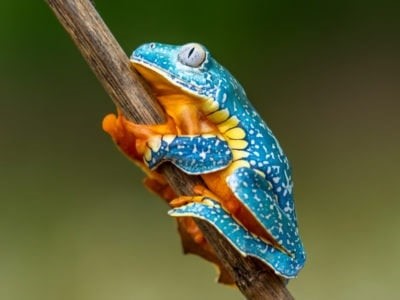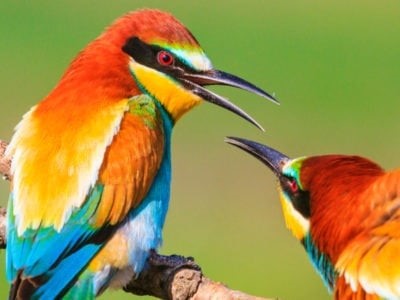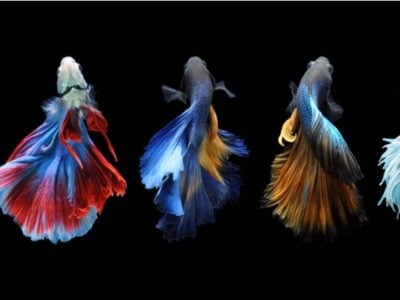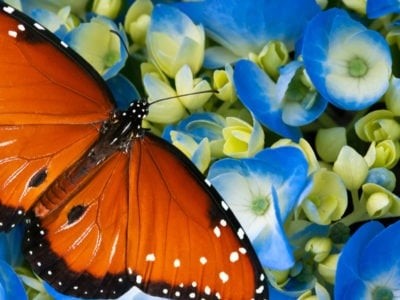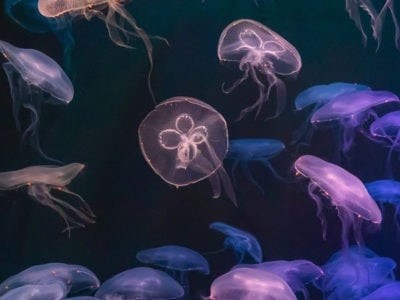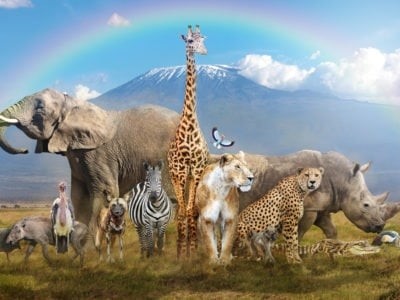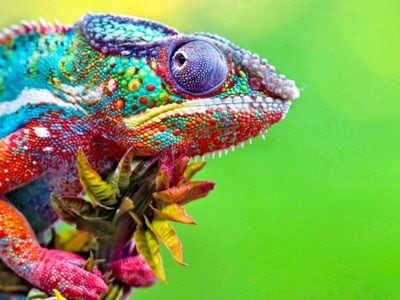-
Amphibians
-
Animal Lists
-
Animal Lists By Starting Letter
-
Animals Lists By by Location
-
Animals Lists By Class Names
-
Animals Lists By Scientific Name
-
Birds
-
Fish
-
Insects
-
Invertebrates
-
Mammals
-
Reptiles
Hide



